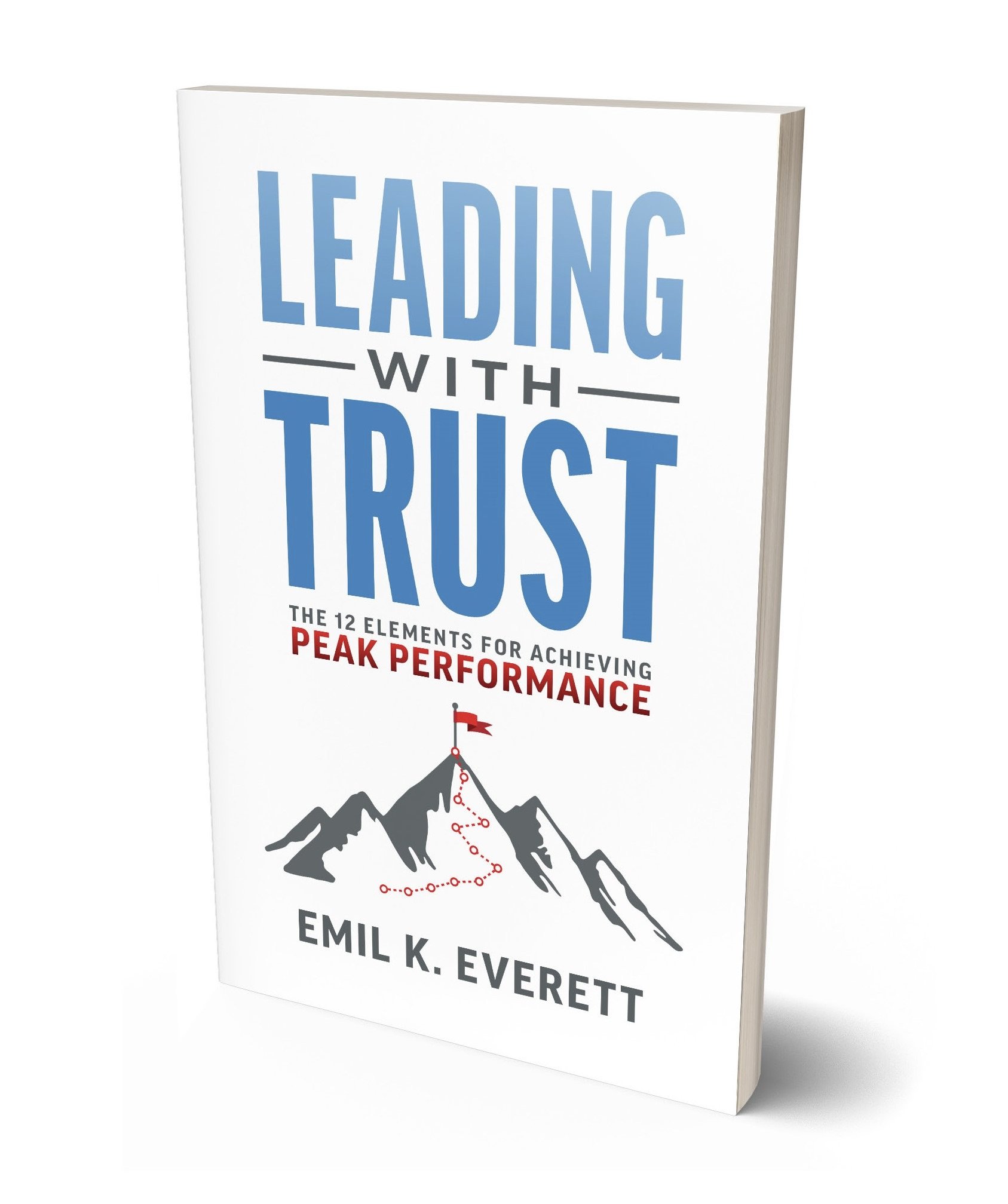Mediating Conflict as a Leader
Conflict is inevitable in human interaction, particularly in dynamic and diverse environments such as the workplace. While healthy conflict can lead to innovative solutions and improved relationships, there are times when conflicts escalate to a level where they threaten team cohesion and productivity. In such instances, a skilled leader must mediate to guide parties toward resolution and maintain a harmonious work atmosphere. This post delves into the art of mediating conflict as a leader, offering invaluable advice to help you deftly navigate the choppy waters of escalated disputes.
Stay Calm and Composed: Your demeanor sets the tone for the mediation process. Emotions can run high when conflict escalates, and tensions can escalate further if not managed effectively. Remaining calm and composed creates a safe environment for all parties involved. Your composed presence is an anchor, encouraging others to follow suit and engage constructively.
Listen Actively: Active listening is a cornerstone of successful conflict mediation. Set aside your biases and truly understand each party's perspective. This demonstrates respect and validates their feelings, making them more open to mediation. By listening attentively, you show that their concerns are acknowledged and valued.
Empathize: Empathy is a powerful tool in conflict resolution. Put yourself in each party's shoes to better comprehend their emotions and motivations. When individuals feel understood and validated, their willingness to cooperate increases. Expressing empathy creates a bridge of connection and facilitates open dialogue.
Communicate Assertively: Clear and assertive communication is crucial when mediating conflict. Address the issues directly and avoid sugarcoating or tiptoeing around sensitive subjects. Your assertive communication style establishes the seriousness of the mediation while maintaining a professional and respectful atmosphere.
Find Common Ground: Identify shared goals or interests among conflicting parties. Focusing on the common ground shifts the conversation from a confrontational stance to a collaborative one. By highlighting shared objectives, you help parties recognize that cooperative efforts can reconcile their differences.
Focus on the Problem, Not the Person: Shift the focus from personal attacks to the underlying issues causing the conflict. Help parties understand that the conflict results from differing viewpoints and priorities rather than a personal attack. This reframing promotes a problem-solving mindset and encourages a search for mutually beneficial solutions.
Collaborate and Brainstorm Solutions: Encourage parties to collaborate and brainstorm potential solutions. Create an environment where they feel empowered to contribute ideas and explore different perspectives. When individuals actively participate in generating solutions, they become more invested in the resolution process.
Practice Active Problem-Solving: Guide the conflicting parties through a structured problem-solving process. Break down the issues into manageable components and work together to develop actionable steps. This approach shifts the focus from blame to finding practical solutions, fostering a sense of accomplishment and cooperation.
Seek an Outsider as a Mediator If Needed: There are instances where conflict may be deeply entrenched or emotionally charged. In such cases, bringing in an impartial outsider as a mediator might be beneficial. A neutral third party can provide fresh insights, facilitate open dialogue, and guide the resolution process without bias.
Learn from the Experience: Every conflict resolution endeavor presents an opportunity for growth and learning. After successfully mediating a conflict, take time to reflect on the process. What worked well? What could be improved? These insights will enhance your skills as a conflict mediator and better equip you for future challenges.
Mediating conflict as a leader requires a delicate balance of empathy, assertiveness, and problem-solving skills. You can guide conflicting parties toward a resolution by staying calm, actively listening, empathizing, and communicating assertively. Focusing on shared objectives, collaborating on solutions, and seeking outside help when necessary are additional strategies to foster successful conflict mediation. Remember, each conflict presents a chance to learn and refine your mediation skills, ultimately strengthening your ability to foster a positive and productive work environment.

